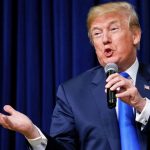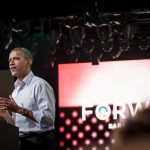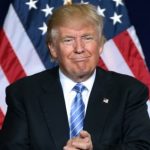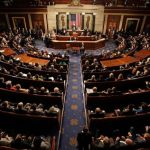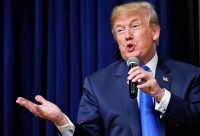America Doesn’t Have Time For More Tech-Challenged Politicians
During my 35 years of covering the technology industry, I have seen firsthand how companies have tried to keep an arm’s-length relationship with the government. With some rare exceptions—the Pentagon’s cooperation and collaboration with industry brought us the internet—Silicon Valley has generally tried to avoid federal and state bureaucrats. After all, the less the government knew about what tech companies were doing, the fewer legal and legislative issues the industry would have to deal with.
This dynamic no longer works.
In the mid 1990s, a group of technology heavyweights led by Cisco’s then-CEO, John Chambers, and Kleiner Perkins venture capital firm partner John Doerr, along with various other tech leaders, began to realize the Valley would need the partnership of government and politicians for their vision of the future to be realized to the fullest.
Chambers and Doerr et al also foresaw the dramatic impact that the internet and mobile technologies would have on the U.S. and the world. Already back then, Chambers was percolating his ideas of connected cities and the Internet of Things (IoT).
These executives began evangelizing these concepts within the Clinton administration and at the federal agency level. They made an effort to educate elected officials on how technology would impact every level of government, and how it would transform our cities, businesses, and system of education.
To their credit, Clinton and Vice President Al Gore understood what Chambers and Doerr were saying. Clinton and Gore opened lots of doors for the tech leaders in Washington, giving them a chance to share their vision of the future.
At the end of the Clinton era, when Al Gore battled George W. Bush for the presidency, Chambers, Doerr, and other Silicon Valley leaders wisely kept up their efforts to influence both candidates. It became clear that whoever became president would follow President Clinton’s lead and allow Silicon Valley leaders to continue pushing the tech agenda.
When Bush became president he created (at the urging of Chambers, Doerr, and Michael Dell) a special nonpartisan tech counsel to advise him. I was invited to join that council and weigh in on the role of tech in the future. The council was a large one and included tech leaders and tech educators from around the U.S.
Our first meeting with President Bush at the White House was very promising. He seemed to understand how important technology would be for the future of the U.S. I know he had spent many hours with tech leaders before the election to help him grasp their vision of the role that tech would play in our country.
But just six months after our first tech council meeting at the White House, 9/11 happened, and fighting terrorism became the main focus of the Bush presidency. So the tech council (and probably other special councils created to advise the administration) were put on the back burner. The tech council, in fact, was never revived.
While key tech leaders tried to get their message heard in a broader way in Washington, any efforts to significantly expand the tech agenda met with minimal success.
When President Obama entered the White House, many of these same tech executives, and some new and younger leaders, began pushing the administration to put more focus on the role of tech.
Obama has become more friendly to Silicon Valley, and has been proactive in understanding things like the Maker Movement, IoT, and mobile tech. During his presidency, we have seen the internet and the cloud become core assets within government, business, education, and consumer programs.
We’re now approaching another presidential transition, and given recent technological advancements, whoever is elected needs to be more tech-savvy than ever.
During the keynote at Intel’s Developer Forum a few weeks ago, Intel CEO Brian Krazanich invited Jeffrey Immelt, the CEO of GE, up on stage to talk about GE’s work to make cities more intelligent. BMW executives shared their vision for autonomous driving. Krazanich said BMW believes they will have a totally robotic vehicle on the road by 2021.
For smart cities and smart cars to succeed, a legal framework needs to exist to undergird the technology. Cities around the U.S. will be forced to create new forms of legislation in order to make it possible for autonomous cars to drive safely. In some cases, city governments will have to approve the placement of new sensors and smart cameras on streets and light poles, and at intersections to enable accident-avoidance systems.
Officials will have to understand how the new technology will impact every corner of their state. States will have to create new rules of the road for autonomous and self-driving vehicles on all streets and highways.
And federal officials at all government agencies will deal with unprecedented levels of tech integration in their areas of governance. They will need to understand next-generation technology and its ramifications as they’re asked to regulate a world where technology must be applied equally and fairly within their purview.
Unless our elected officials become more tech-savvy, they will only slow down the role technology will play in their cities, states, and the broader U.S. We will need our legislators at all levels to grasp how technology will impact their constituents so that they can make laws that work for everyone.
Fast Company , Read Full Story
(20)


